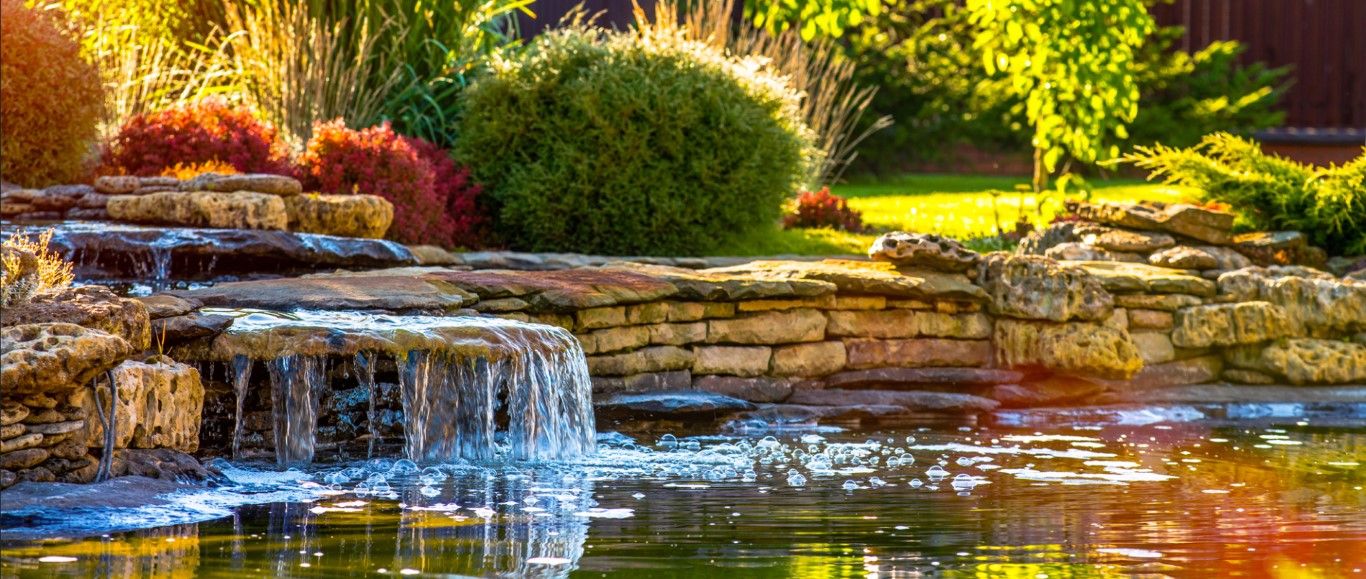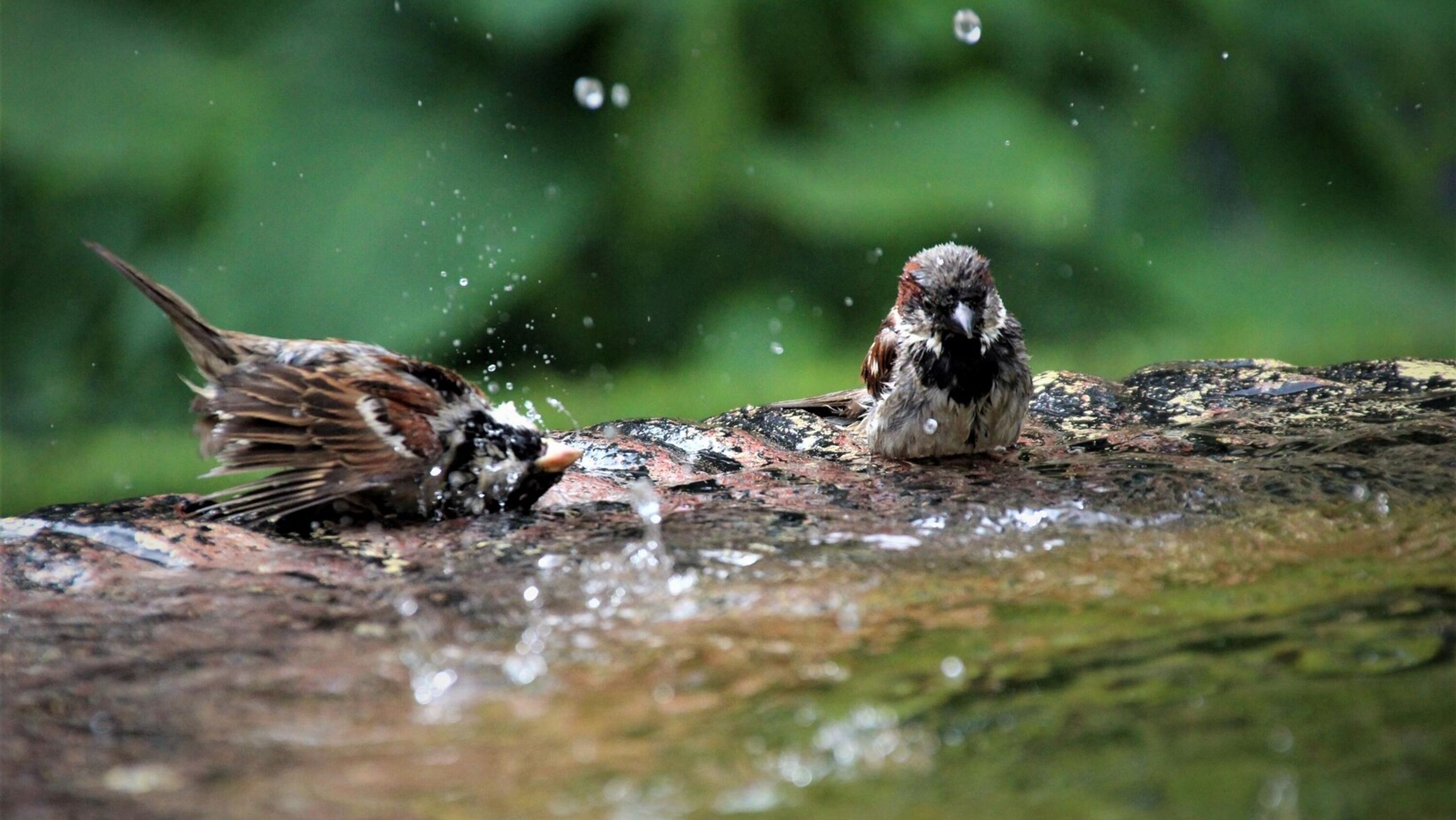How to: Attract Wildlife to your Garden
How to: Attract Wildlife to your Garden
Get the Guide: How to Attract Wildlife to your Garden
Gardens are important habitats for wildlife and can help form essential ‘green corridors’ between larger habitats such as parks and nature reserves, within our urban areas. Below are four key elements of a wildlife-friendly garden, by incorporating just one or two elements you will dramatically increase the amount of wildlife you attract.
1. Install a Pond
Water is essential for all sorts of wildlife, for drinking, bathing, breeding and even keeping cool in summer. A pond is the single best way to add water to your garden and will attract wildlife including amphibians, as well as a diverse range of insects and birds. A wildlife pond should have plenty of perching spots for birds and bees. You can achieve this by placing large rocks or water plants in the pond or choosing a pond with sloped slides.
If you don’t have room for a pond, try installing a container pond or fill your garden with birdbaths.
2. Keep Things a Little Wild
Most people won’t need to be told this twice, but one of the best things you can do to encourage wildlife into your garden is to leave a small area of grass or planting overgrown and undisturbed. Leaving the seed pods of plants is particularly important as it provides a food source for birds over winter.
Naturalistic gardens are those which appear as they would in a natural landscape - but there's a surprising amount of precision involved. You can achieve this by creating clear pathways out of paving stone or gravel and defining your borders around these wild corners of your garden. At Stone & Water World, we have a large range of landscaping supplies perfect for defining areas of your garden space.
3. Create an Aquatic Garden
A well-planted pond can be a stunning sight. Aquatic plants not only enhance the beauty of your pond but also provide plenty of benefits for fish and other visiting wildlife. The benefits of a planted pond include water oxygenation – where live plants absorb carbon dioxide and produce oxygen - as well as providing places for aquatic wildlife to stay hidden from predators.
4. Install Wildlife Structures
Birdbaths, insect hotels and feeders. In summer, the best thing you can do for wildlife is provide a drinking water source. You can do this easily with a birdbath, water bowl or pond. During autumn and winter, your wildlife could do with a little extra food. This is something that is easy to provide in a garden of any size. Place your bird feeders or bird table somewhere you can watch and enjoy your feathered visitors from indoors, and make sure you are putting out the correct food. Here's a list of what to feed birds in New Zealand.
If you're looking to attract a specific insect or animal to your garden, such as butterflies or bumblebees, consider installing a feeder or 'hotel' which provides a place for wildlife to rest. Here's a great article showing how to DIY a bumblebee hotel and another which shows how to create a nectar feeder for butterflies.
If you're looking for options for your garden, the Dragonstone range - exclusive to Stone & Water World - has many beautiful birdbaths on offer in a range of styles.
If you enjoyed this guide, you may also enjoy:


